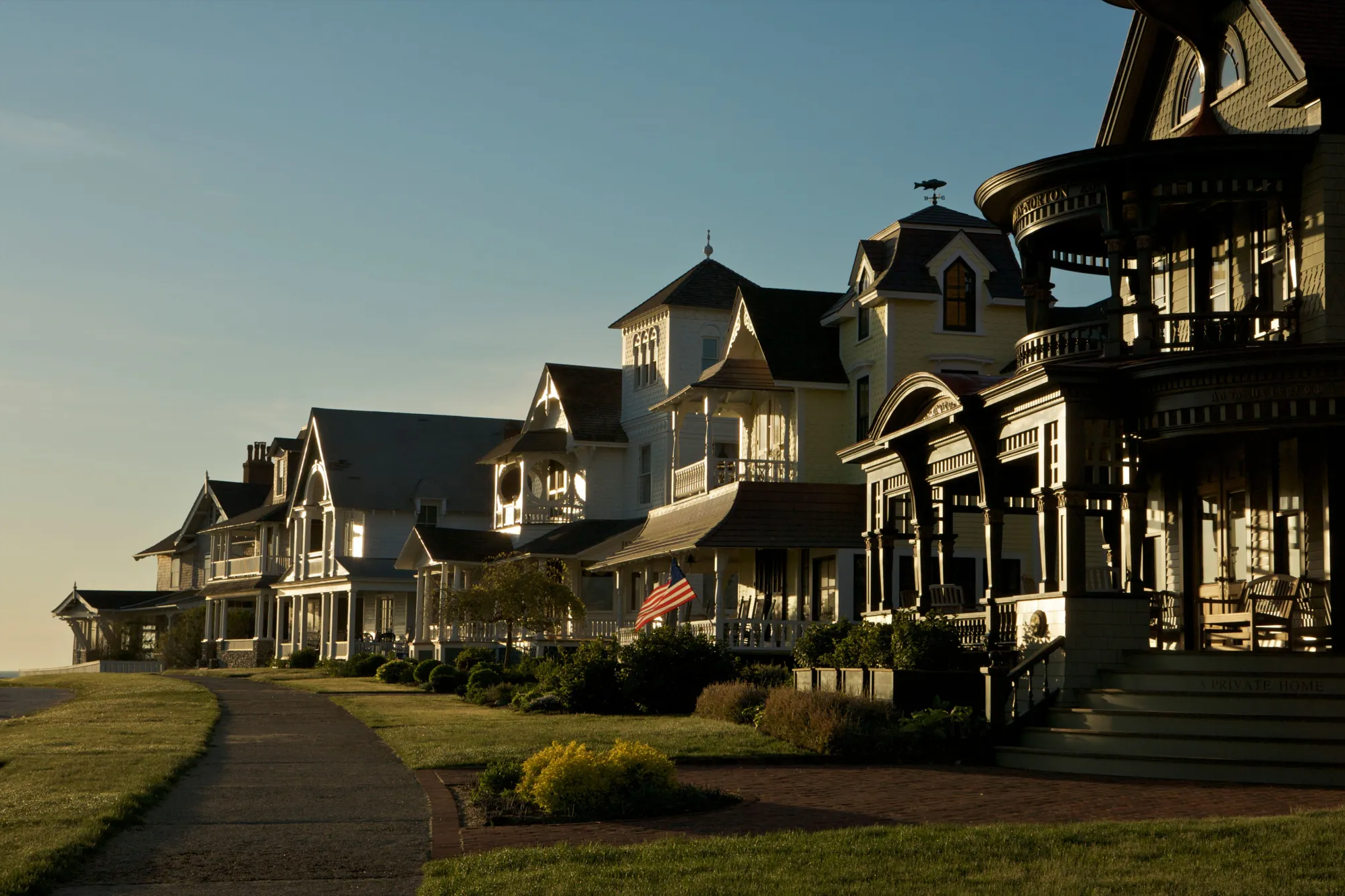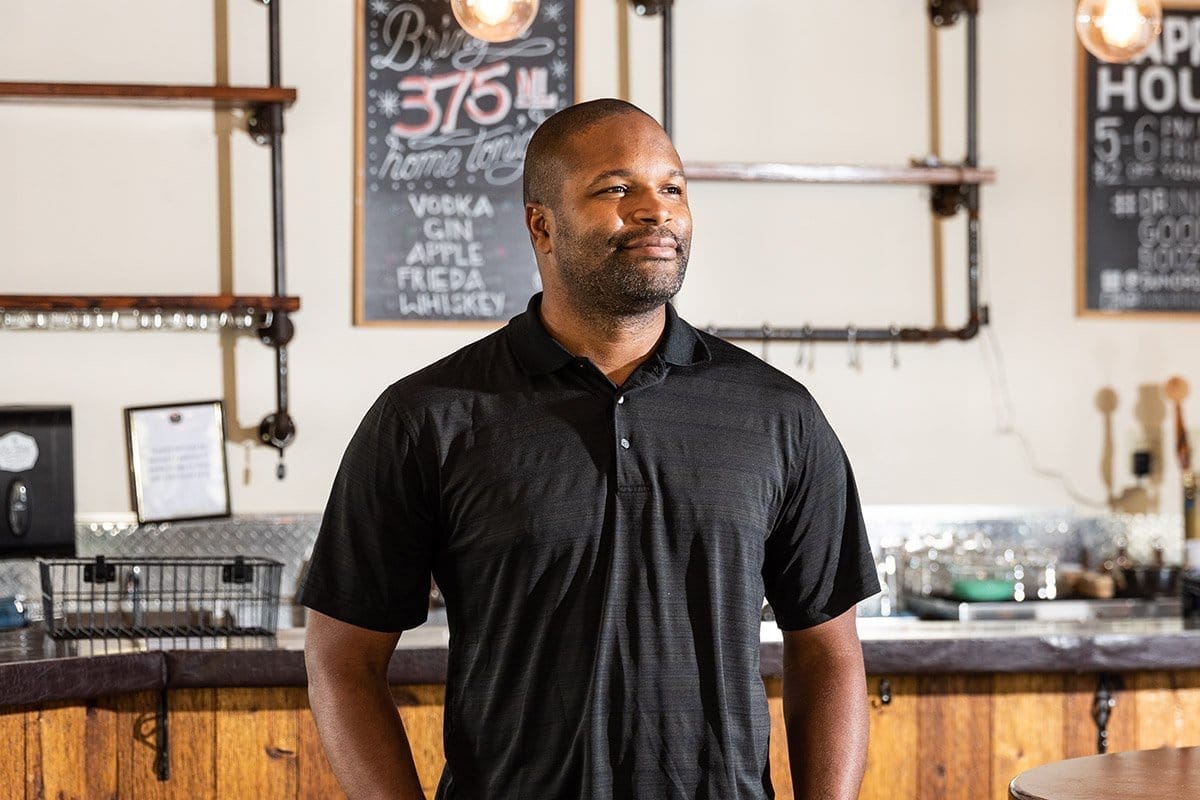In her reimagining of Judy Blume’s Forever for Netflix, Mara Brock Akil transports viewers to Martha’s Vineyard, specifically Oak Bluffs. This northern town has long been a cherished summer haven for the Black community, serving as a living symbol of Black excellence and legacy, and remains a popular spot for many affluent Black families, like the Obamas and icons like Oprah and Spike Lee.
“It is our island. It’s our history, it’s our legacy…It’s what we have collectively worked hard for, to keep alive and to keep thriving.” – Mara Brock Akil
But with all that love, Martha’s Vineyard fills up fast. So, if your summer plans are still taking shape and the Vineyard is already booked, don’t worry! There are other historically Black beach getaways that are worth adding to your list this summer.
Sag Harbor, New York

Located on the eastern end of Long Island, in the Hamptons, Sag Harbor has been a sought-after destination since the 1940s, attracting middle-class Black families. Often referred to as the “Black Hamptons”, it is home to the historic SANS district - Sag Harbor Hills, Azurest and Ninevah Beach Subdivisions. Established during the Jim Crow era as a refuge from racial discrimination, it became a sanctuary for people of color and remains a culturally significant retreat to this day.
Highland Beach, Maryland
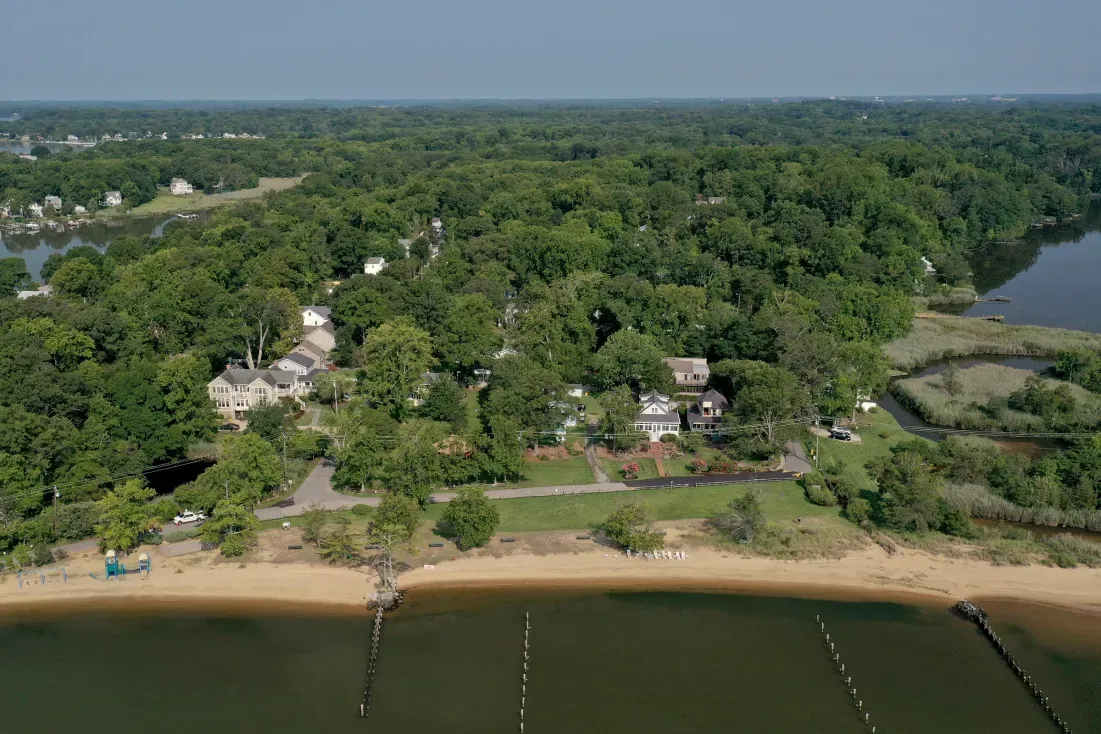
In 1893, Charles Douglass, son of renowned abolitionist and civil rights activist Frederick Douglass, and his wife Laura, purchased a parcel of land that would eventually become Highland Beach - one of the oldest of the major Black resort towns. This purchase came as a response to being denied entry into a restaurant at the Bay Ridge Resort on Chesapeake Bay because they were African American. After the first cottage was built in 1894, Highland Beach quickly became a popular destination for prominent Black intellectuals such as W.E.B. Du Bois and Boooker T. Washington. In 1922 it became the first Black municipality in Maryland. Today, descendants of the original settlers still own and occupy many of the homes.
Atlantic Beach, South Carolina

Founded in 1934, Atlantic Beach is known as the “Black Pearl”. Many of the residents are descendants of the Gullah Geechee people, a group of former enslaved persons from the Lowcountry whose isolation led to the development of a distinct culture. Once founded, Atlantic Beach became a hub of culture and entertainment, attracting a number of Black-owned businesses, restaurants and entertainment venues. In 2025, it was added to the National Register of Historic Places for being one of the few remaining historically Black oceanfront communities in the United States.
Historic Virginia Key Beach, Florida
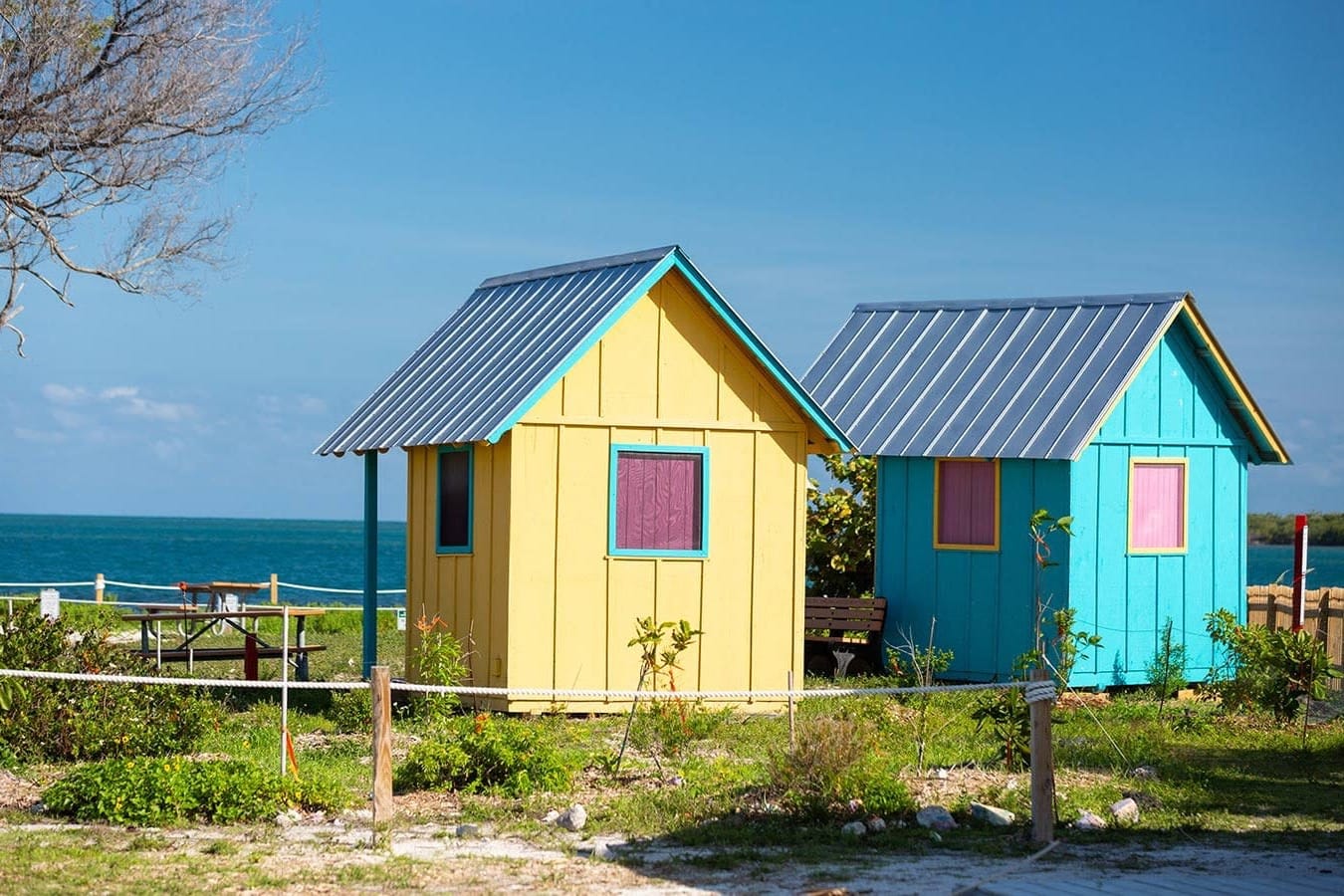
At one point, Historic Virginia Key Beach was the only beach and swimming area accessible to people of color. The beach was created in May 1945, in response to a “wade-in” at the all-white Haulover Beach. It quickly became a popular gathering place for Miami’s African American community but was closed in 1982 due to high operation and maintenance costs. In 2002 it was listed on the National Register of Historic Places for its role in the Civil Rights movement and in 2008 it was reopened, still featuring many amenities from the past.
Bruce’s Beach, Manhattan Beach, California
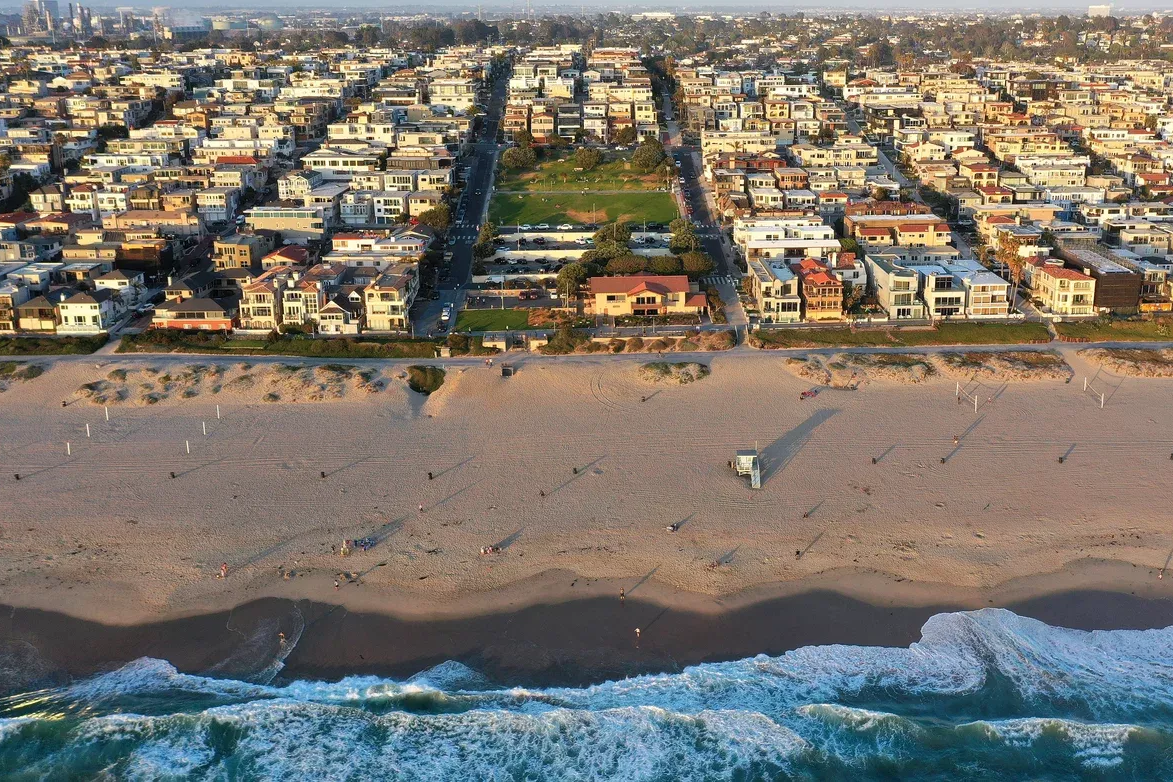
Built by Willa and Charles Bruce, a Black family just one generation removed from slavery, in the 1920s, Bruce’s Beach was one of the few beaches that was accessible to African Americans during segregation. Although it was subsequently taken from the owners by the local government because of the color of their skin, in 2021 Governor Gavin Newsom signed a bill for the transfer of the beach back to the descendants of Willa and Charles Bruce. The public beach features a small picnic area, a basketball court and also hosts an annual Juneteenth celebration.
